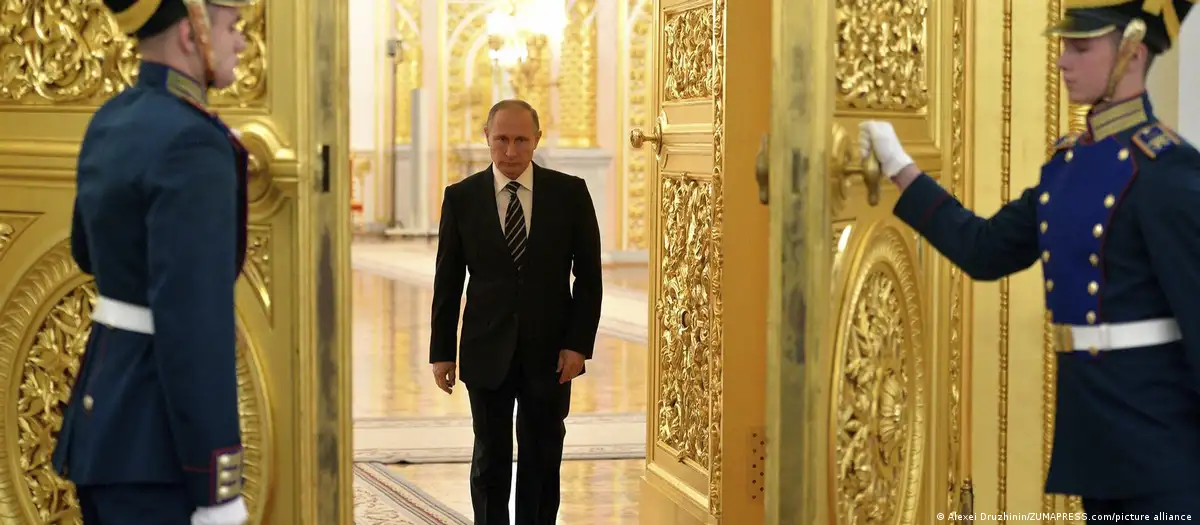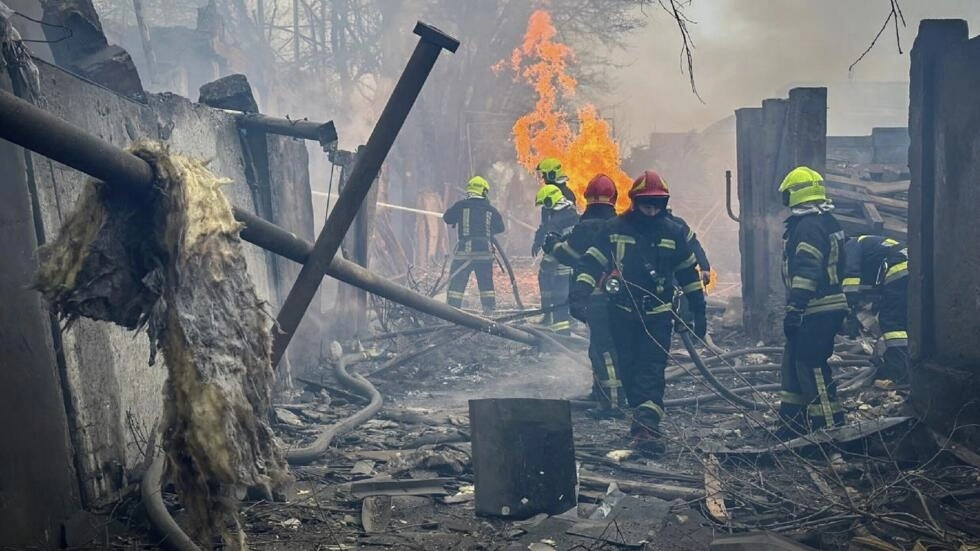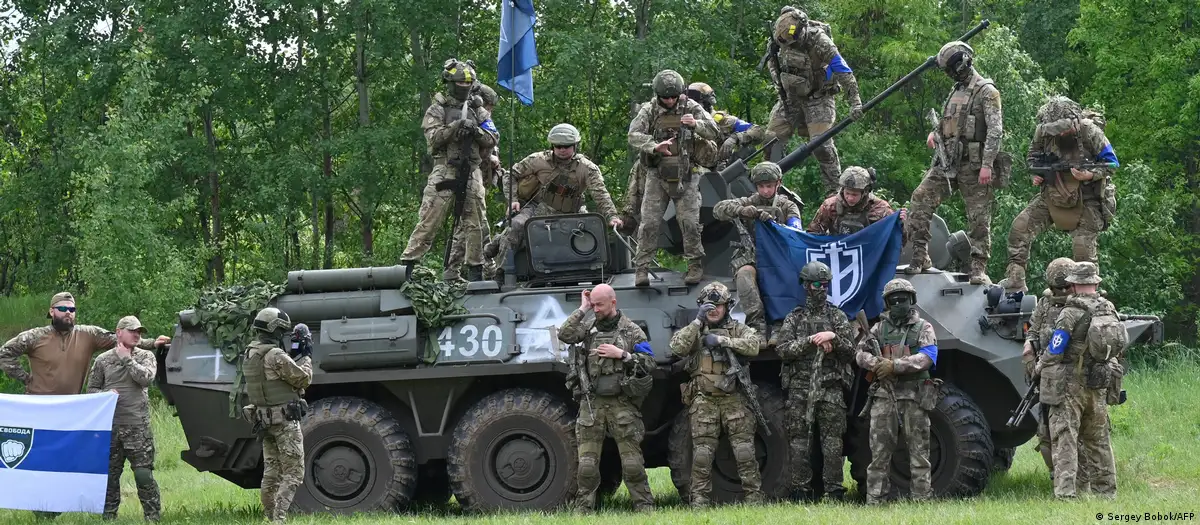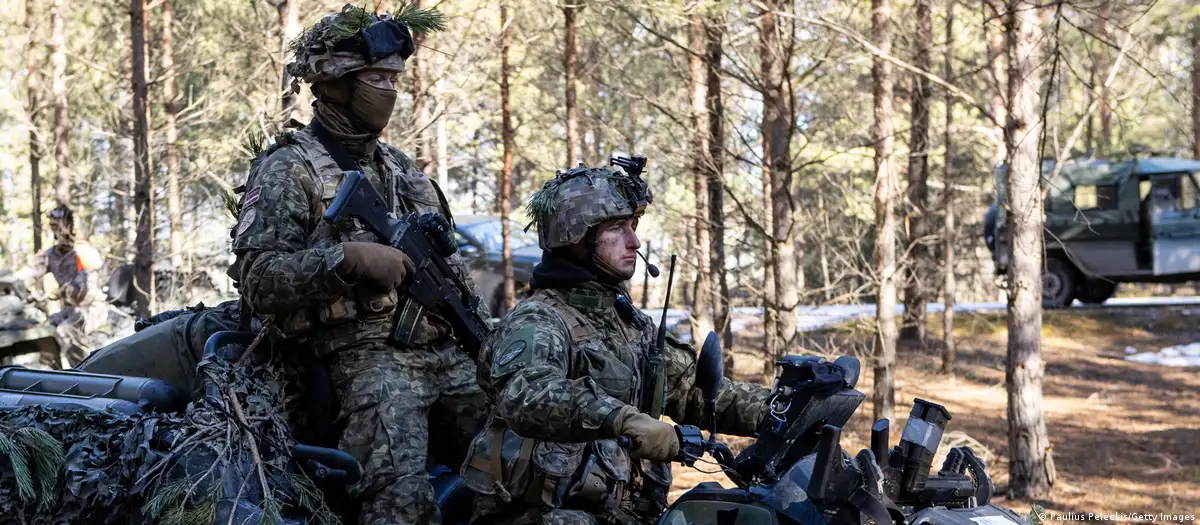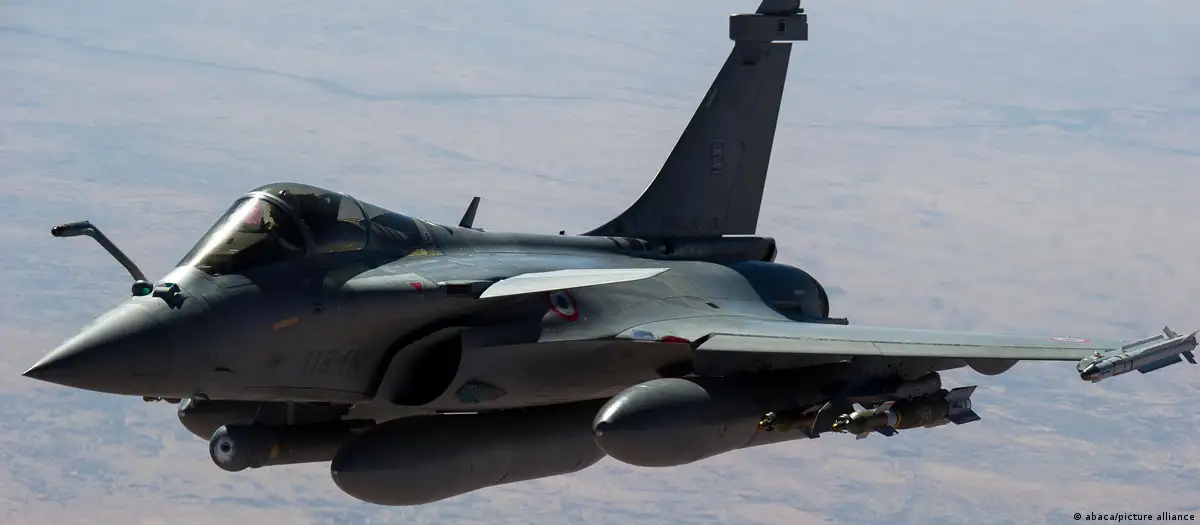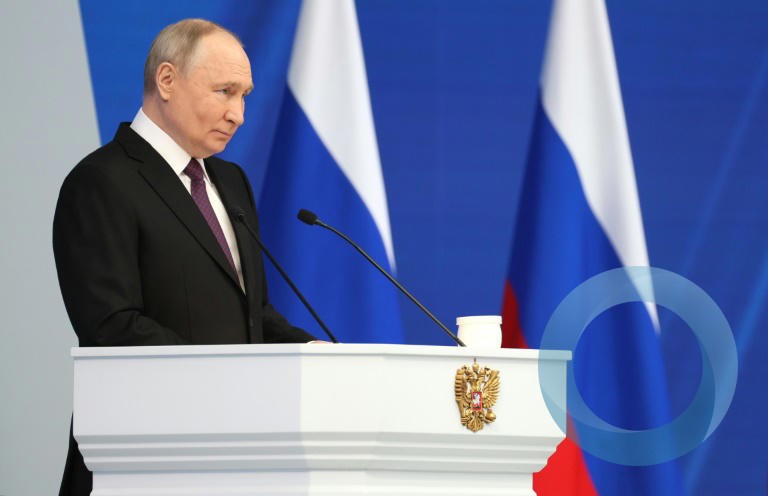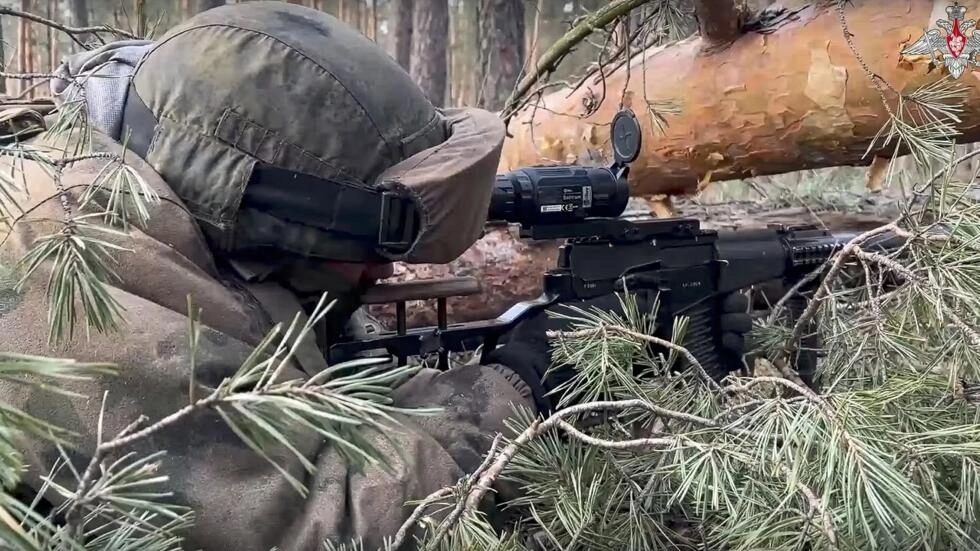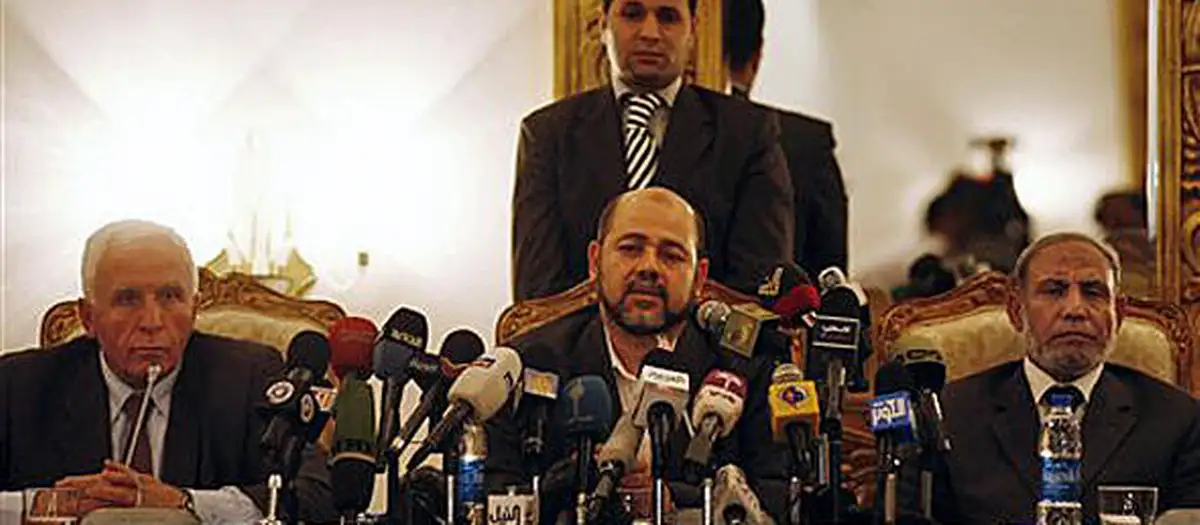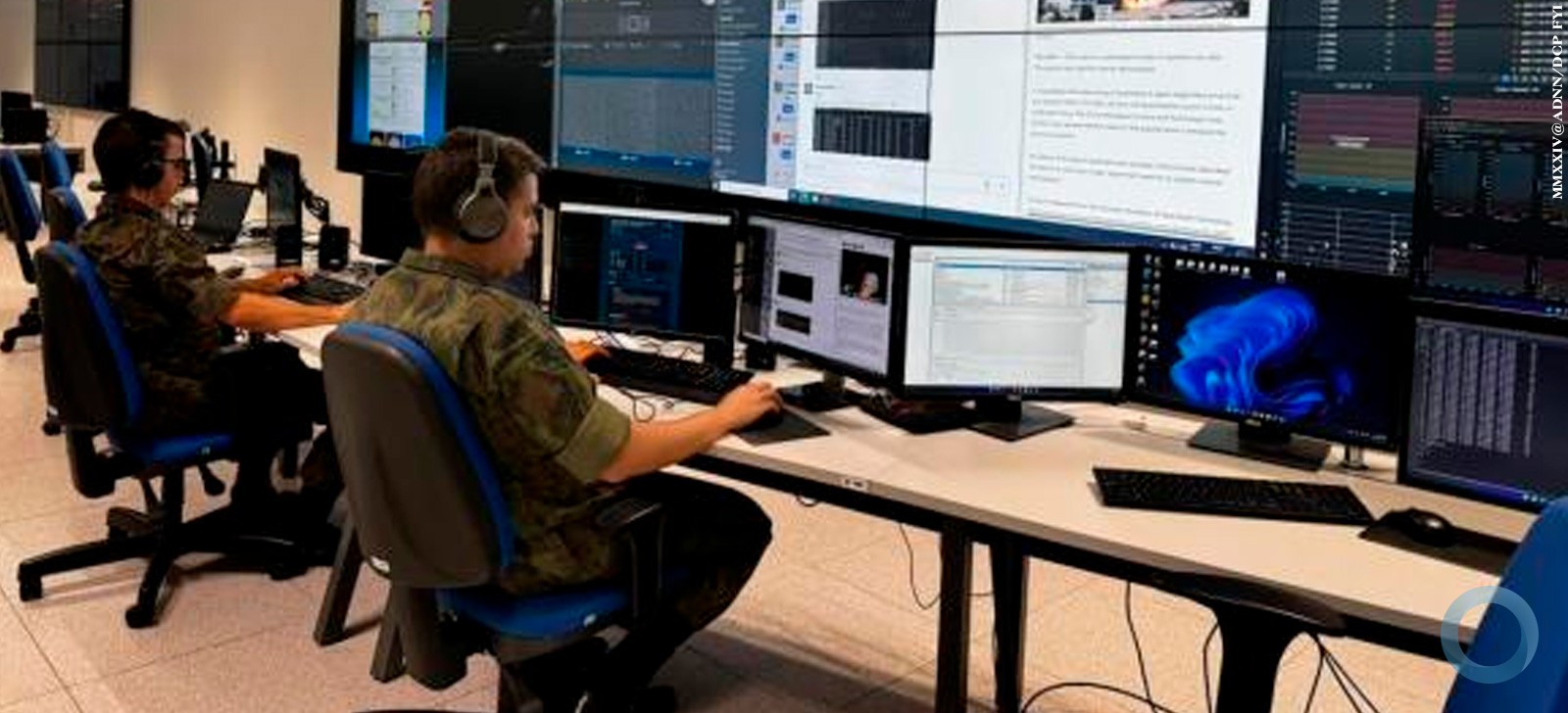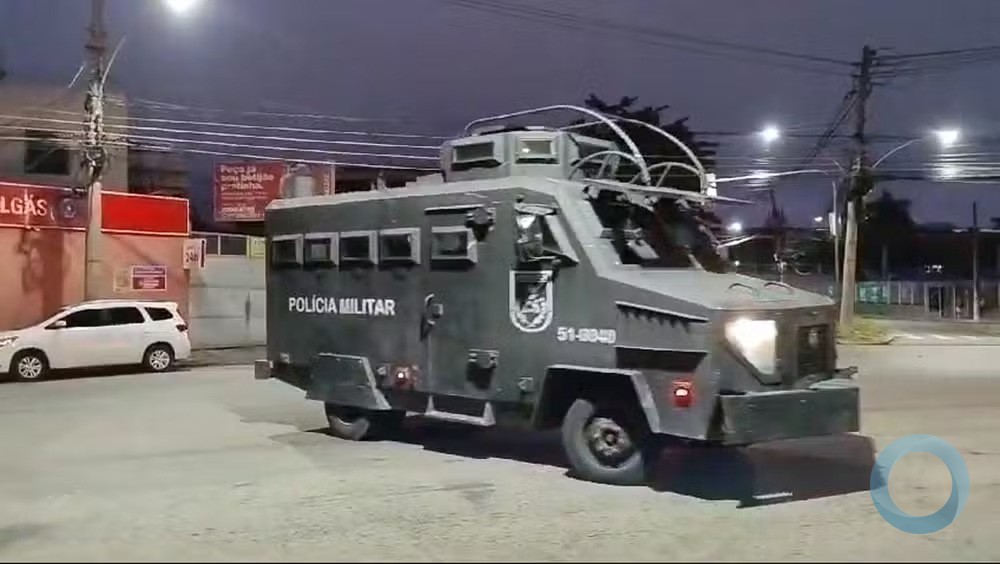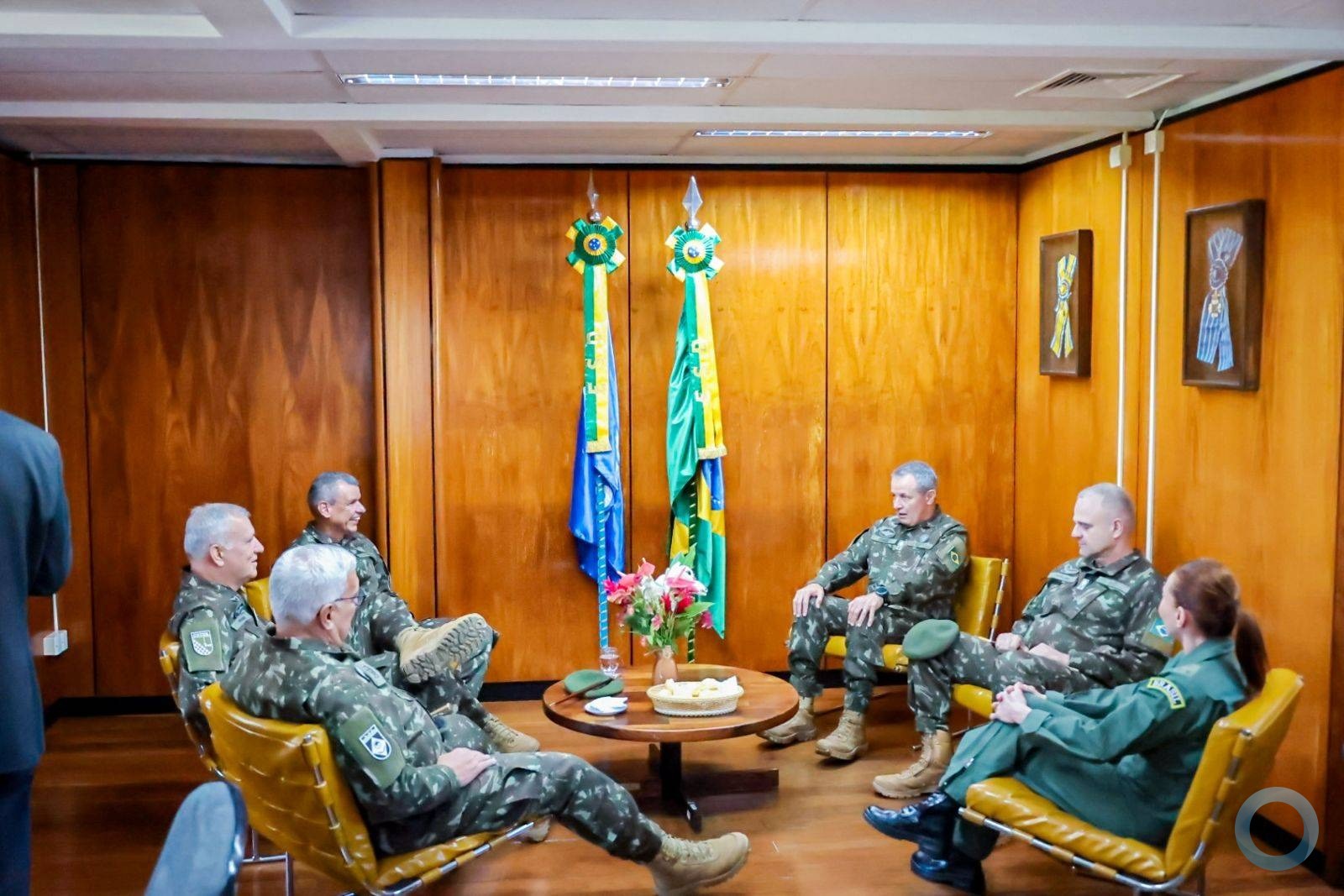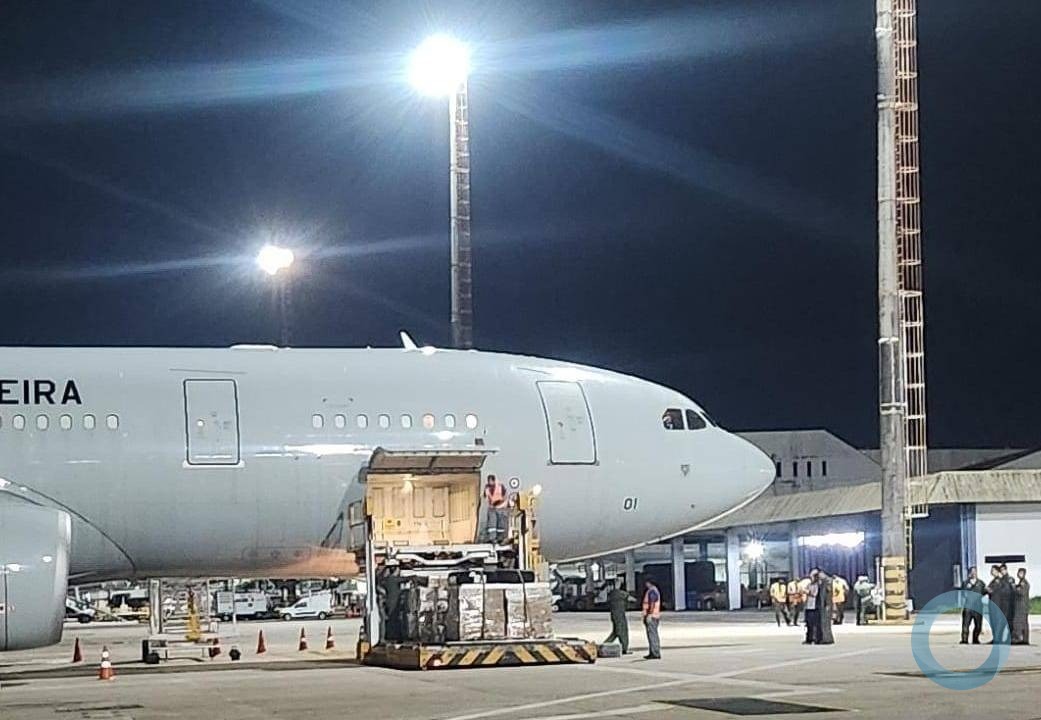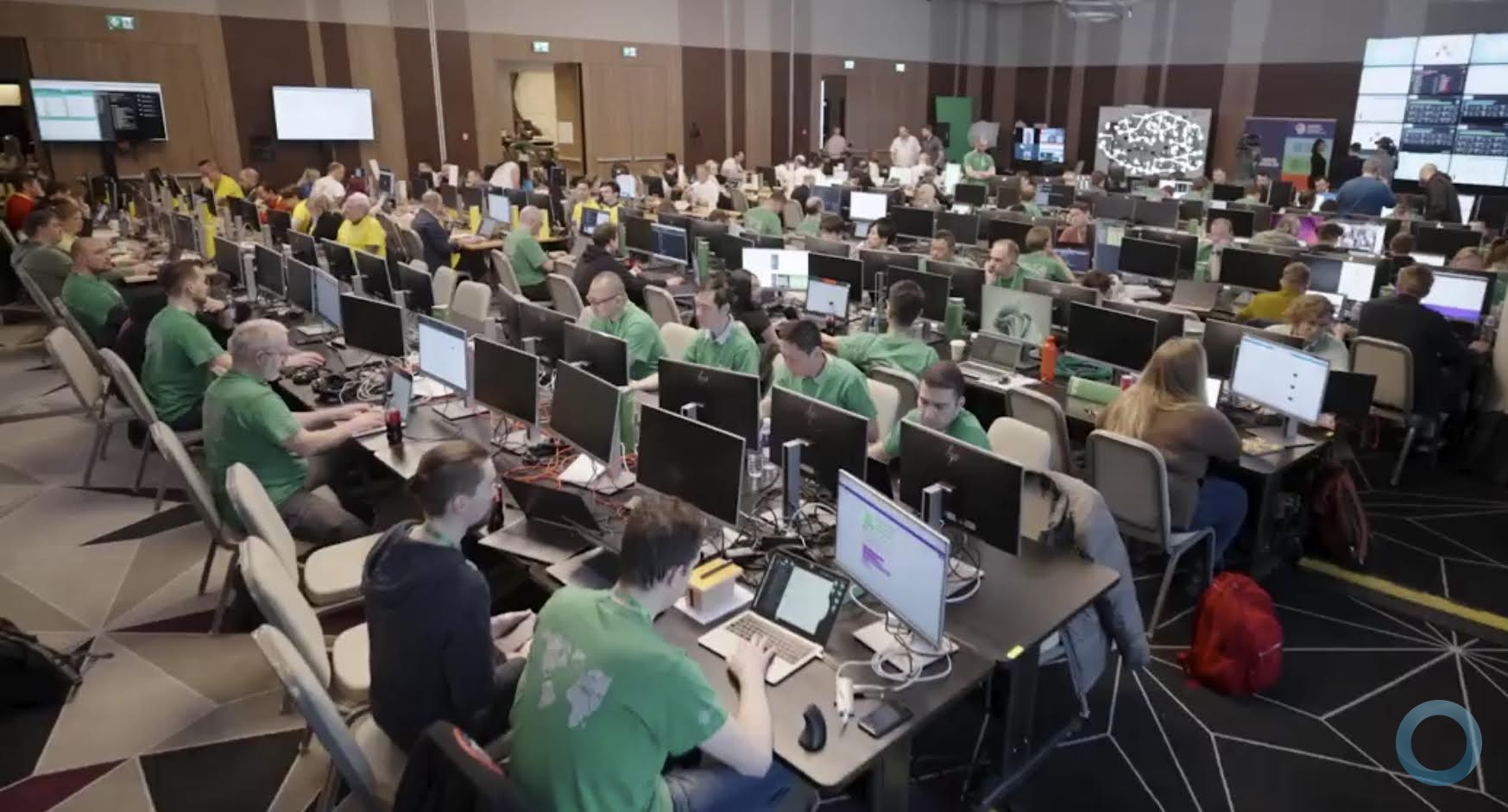Paul N. Schwartz
CSIS Center for Strategic and International Studies
Monday, at the United Nations, we all got to witness a rare spectacle: A set of dueling speeches delivered by Presidents Vladimir Putin and Barack Obama, leaders of Russia and the United States respectively, each blaming the other for a chorus of world problems and each describing the geopolitical situation in starkly different terms. Those of us who remember the Cold War came away with a distinct sense of déjà vu, of a world in which Russia and the United States were once again the two dominant powers, coequal in status, each vying to shape the fate of entire regions.
Of course, today’s Russia is a far cry from the former Soviet Union, and it is unlikely to become a peer competitor to the United States anytime soon. On nearly every accepted measure of national power, economic, military, and otherwise, the United States remains far and away the preeminent world power. Nevertheless, despite this disparity, Russia has recently managed to challenge U.S. power in ways that were inconceivable just a few years ago. And it has done so by employing a variety of asymmetric measures that have surprised U.S. policymakers and kept them off balance.
In Ukraine, Russia used its now familiar hybrid warfare tactics to rapidly seize control of Crimea and to engage in a low-intensity stealth campaign of rebellion in Eastern Ukraine, supported at times by direct intervention. All the while, Russia has denied any direct involvement, while keeping the conflict at a level of intensity below that which would trigger a more vigorous U.S. response. Meanwhile, Russia’s actions have severely undermined Ukraine’s efforts to integrate with the West.
Now in Syria, Russia has pulled off another coup. By the simple expedient of inserting Russian military forces into Syria, President Putin has managed to turn U.S. policy on its head, effectively shoring up Bashar al-Assad, complicating U.S. efforts to fight ISIS, while simultaneously ensuring that Russia’s interests are taken into account in any future settlement. Moreover, the mere presence of Russian combat aircraft in Syria makes it less likely that the United States and Turkey will move forward with plans to impose a no-fly zone, out of fear that Russian planes could be inadvertently targeted. Furthermore, Russia’s actions in Syria have forced the United States to reengage with Russia to avoid direct air encounters in Syria. And all of this was achieved without firing a single shot, although Russia has now reportedly begun to launch air strikes in Syria.
Of course, the common thread connecting the success of Russia’s actions in both Ukraine and Syria is that Russia, unlike other recent U.S. adversaries, remains a major nuclear power. The risk of escalation that implicitly underlies every potential conflict with Russia necessitates that the United States respond much more carefully to Russian initiatives. Ironically, due to its declining relations with the West, Russia is feeling less constrained these days; it has less to lose. So we may now be entering a period where Russian power is encountered more frequently, which should give us all pause.
Paul Schwartz is a senior associate with the Russia and Eurasia Program at the Center for Strategic and International Studies (CSIS) in Washington, D.C.
Commentary is produced by the Center for Strategic and International Studies (CSIS), a private, tax-exempt institution focusing on international public policy issues. Its research is nonpartisan and nonproprietary. CSIS does not take specific policy positions. Accordingly, all views, positions, and conclusions expressed in this publication should be understood to be solely those of the author(s).







